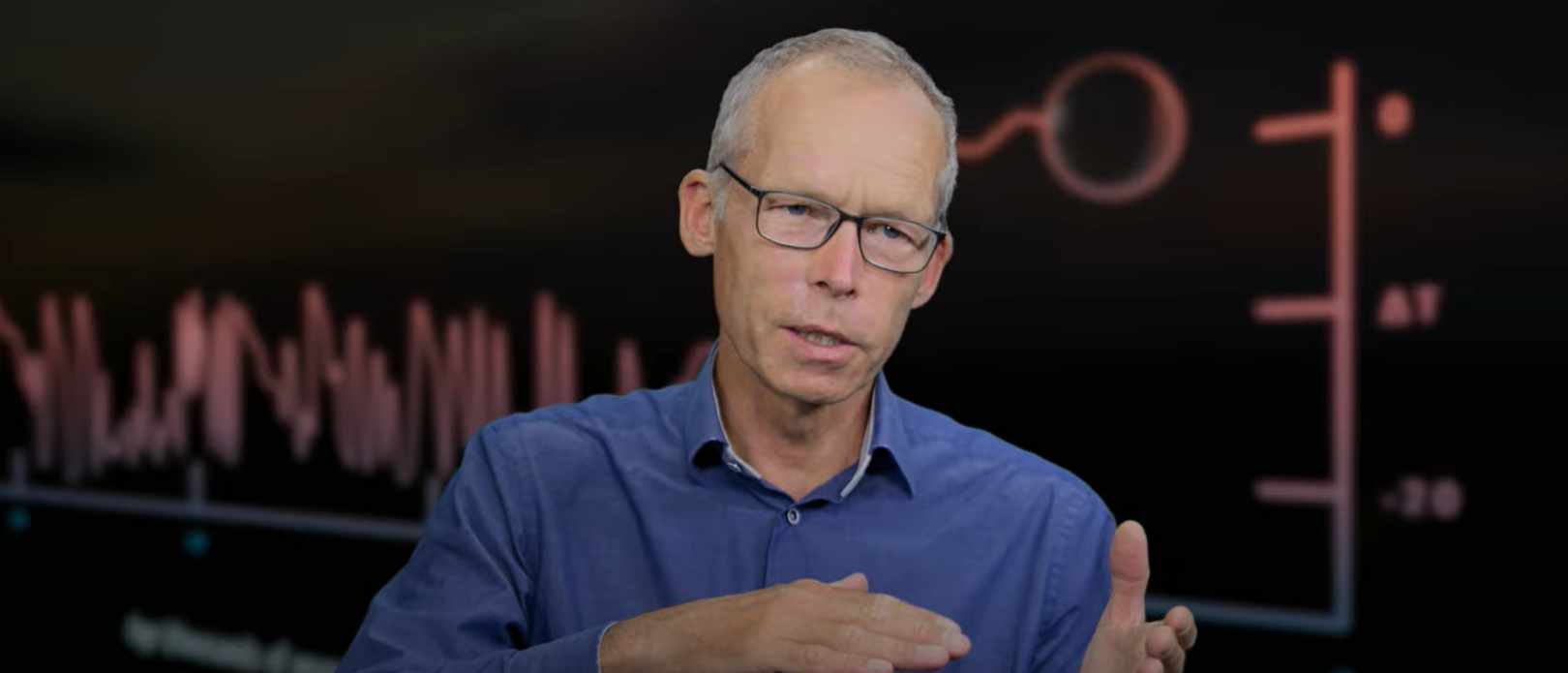Resilience education
New planetary boundary game bridges education and climate action

A student tests the game. Photo: Syddansk Erhvervsskole.
A new innovative computer game lets Danish school children learn about key research on planetary boundaries
- The Centre has participated in the design of a new educational computer game on the nine planetary boundaries, named T.E.G. Solution
- The game encourages students to explore how vocational education can play a critical role in the green transition
- The Centre has provided the scientific foundation upon which the game is built.
Today’s youth face the dual challenge of navigating their educational paths and grappling with the global climate crisis. The increasing prevalence of climate anxiety among young people calls for innovative solutions that not only educate but also inspire action and hope.
Now a new learning experience in form of a computer game can bridge the two: T.E.G. Solution, which stands for ‘Technology, Education and Global environment’.
It is a high-tech learning program that integrates the critical research and insights of Stockholm Resilience Centre. By focusing on the nine planetary boundaries, the program aims to provide students with a deep understanding of the Earth’s limits and how their choices can contribute to a sustainable future – from a global to local perspective.
T.E.G. Solution is designed to demystify the concepts of sustainability and climate action for young students. The game presents a series of interactive tasks that guide students towards understanding how their choices impact the planet. We want to show them that positive change is possible through informed decisions and choice of work.
Empowering through education
It encourages students to explore how vocational education can play a critical role in the green transition, from renewable energy solutions to sustainable community services.
To enhance the learning experience, the game incorporates cutting-edge technologies such as augmented reality (AR), artificial intelligence (AI), and other modern digital tools. The students work in groups throughout the T.E.G. Solution Day (at the school) where they have to get through nine minigames/missions.
“This team-based approach encourages both collective problem-solving and individual contributions, mirroring the real-world dynamics and environmental action,” explains Centre researcher Andrew Merrie, who has been involved in the development. He continues:
“As they navigate through the missions, each group is tasked with making decisions and implementing solutions that positively impact the nine Planetary Boundaries. This collective endeavor not only highlights the importance of teamwork in addressing global challenges but also demonstrates how united efforts can lead to significant improvements in the health of our planet.”
Breaking boundaries
The Centre’s contribution to T.E.G. Solution is multifaceted. Drawing on the extensive research, including Johan Rockströms pivotal work ‘Breaking Boundaries’, the Centre has provided the scientific foundation upon which the game is built. This collaboration aims to translate complex scientific knowledge into accessible and actionable insights for the next generation.
"By incorporating some of Stockholm Resilience Centre's critical research into T.E.G. Solution, we're equipping young minds with the understanding that their actions have a powerful impact on our planet's health. It's about empowering the next generation to take part in the green transition," explains Lars Bregnehøj, Director at Syddansk Erhvervsskole, the developers of the game.
T.E.G. Solution is launched on April 10, 2024. It is designed to be relevant for at least five years and will be updated as new scientific and educational solutions make breakthroughs.








